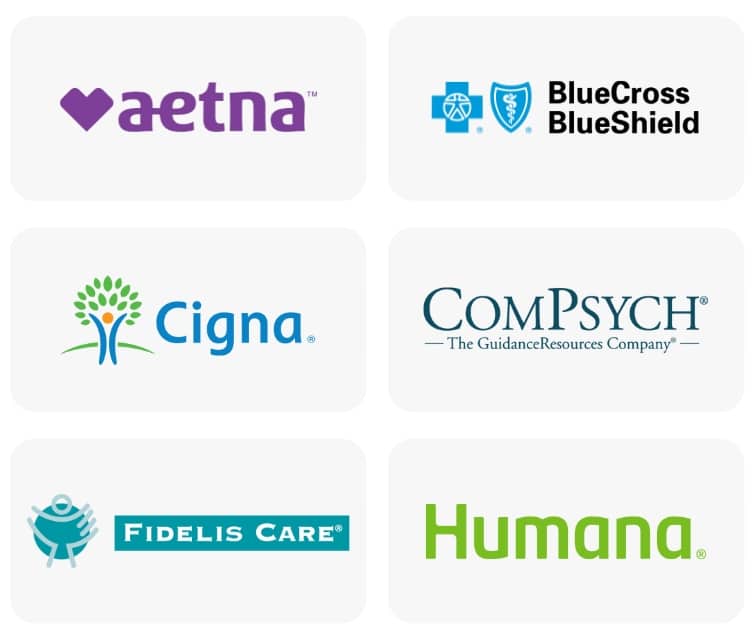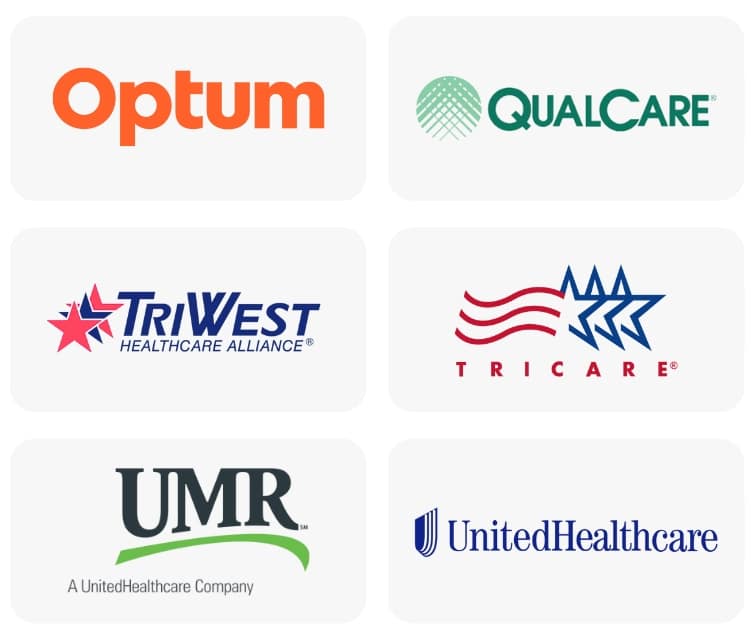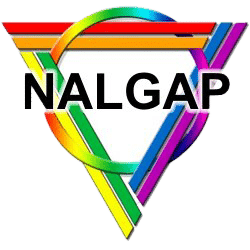Skip To Section
Marijuana addiction is difficult to break due to several factors, including withdrawal symptoms, social pressures to continue using it, and potential underlying mental health conditions. Marijuana addiction treatment is a reliable method for not only getting sober from marijuana but staying that way.
Marijuana use is becoming increasingly normalized. With every state that legalizes recreational marijuana, people become less sensitive to its negative impacts. Like any other substance, you can become dependent on marijuana. While it doesn’t carry the same threat of overdose as drugs like heroin or methamphetamine, this can also mean that marijuana addiction doesn’t carry the same sense of urgency. People may abuse marijuana for many years before realizing they have a problem. By this point, they may have lost or missed out on important things like relationships, and there is much repair work to be done.
Marijuana addiction is more common than it used to be. That’s because marijuana today contains much higher amounts of THC than it did in the past. Different methods of using marijuana are also popular, like dabbing, which involves smoking concentrated oil extracted from the cannabis plant. Dabbing exposes you to much higher amounts of THC than smoking cannabis leaves does. It also increases the likelihood of addiction.

What is Marijuana?
Marijuana is classified as a hallucinogen, known for its ability to alter perception, sensations, and emotional states significantly. It is derived from the cannabis plant and has been used for both medicinal and recreational purposes for centuries.
When marijuana is consumed, it enters the bloodstream and travels to the brain, where it binds to specific receptors known as cannabinoid receptors. These receptors are found throughout the brain and are responsible for regulating various functions such as memory, coordination, mood, and appetite.
Marijuana Side Effects and Symptoms
One of the most notable effects of marijuana is its ability to produce symptoms including:
- Creativity
- Relaxation
- Euphoria
This is due to the activation of cannabinoid receptors in the brain, which leads to an increase in the release of dopamine – a chemical that is closely associated with feelings of pleasure and reward.
While this may sound appealing, it’s important to note that marijuana can also have negative effects on an individual as well as those around them. For instance, marijuana use can also lead to side effects such as:
- Poor focus and concentration
- Bad memory
- Distractibility
- Red eye
- Drowsiness
- Dizziness
- Nausea
- Dry mouth
- Increased appetite
- Increased heart rate
- Anxiety
- Insomnia
- Hallucination
- Paranoia
This can be especially problematic for students, employees, people operating a vehicle, or individuals trying to accomplish any task that requires focus and attention.
Long-Term Effects of Marijuana
Studies have shown that regular use of marijuana can lead to an increased risk of developing anxiety and depression. This is because long-term use of marijuana has been linked to changes in brain structure and function, particularly in areas involved in regulating emotions and stress.
Aside from its effects on mental health, marijuana can also have physical consequences. It is known to cause respiratory issues, such as chronic bronchitis and an increased risk of lung infections. It can also increase heart rate and blood pressure, which may be dangerous for individuals with preexisting cardiovascular conditions. Additionally, recent cases of “scromiting,” or scream-vomiting, resulting in hospitalization are occurring due to chronic marijuana use.
Is Marijuana Addictive?
Marijuana can be addictive for some individuals. While it may not have the same level of addiction potential as drugs like cocaine or heroin, regular use can lead to dependence and withdrawal symptoms when trying to quit. This can also have a significant impact on an individual’s daily life and relationships.
With the legalization of marijuana, it has become more widely available and often comes in higher concentrations than in the past. This means that individuals may unknowingly consume a larger amount of Tetrahydrocannabinol (THC) (the psychoactive component of marijuana) than intended. Not only does this increase the risk of serious side effects, but it also raises concerns about the potential for long-term cognitive effects and addiction.
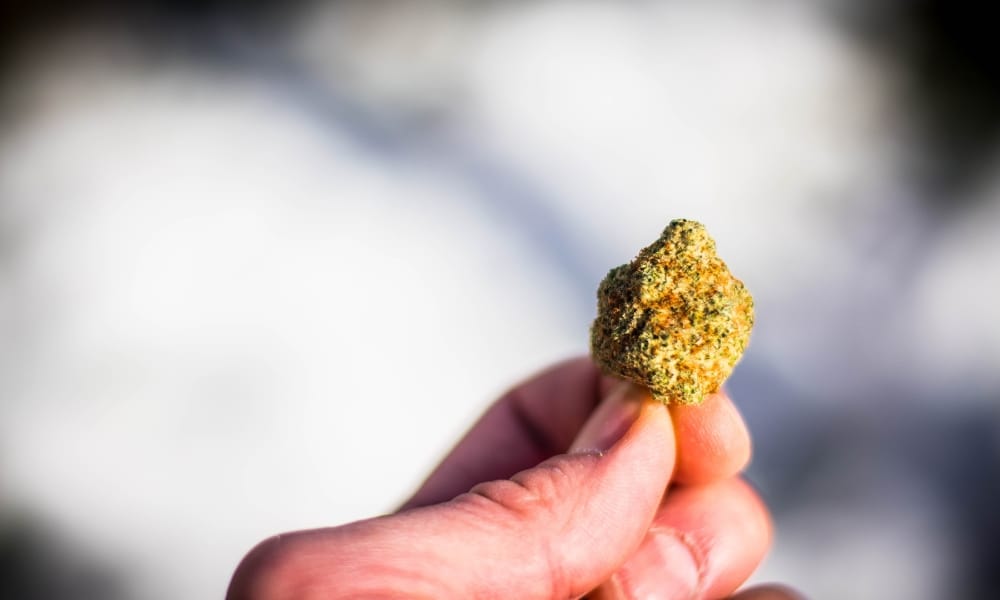
How Do I Know I’m Addicted to Marijuana?
Although marijuana addiction doesn’t have the same lethal potential as other drugs, addiction to marijuana is just as devastating. All addictions are harmful in that something—a drug, in this case—has become the most important thing in your life, even above loved ones. Therefore, marijuana addiction has the same hallmark signs as other addictions. They include:
- Continuing to use marijuana even when it has negative impacts on your life (legal issues, poor work or school performance, etc.)
- Feeling anxiety when you run out of marijuana or you don’t know where to get it next
- Feeling that you cannot cope with your emotions or circumstances if you don’t use marijuana
- Needing more and more marijuana overtime to get the same high (also known as building up a tolerance)
Marijuana and Paranoia
If you’ve found yourself feeling more anxious—or even paranoid—when you use marijuana, you’re not alone. And you’re not alone in feeling a little confused. Many people use cannabis to help their anxiety, without realizing that it could make it worse. This may be because THC binds to endocannabinoid receptors in your amygdala, the part of your brain that helps regulate your response to fear, stress, anxiety, and paranoia. When you use THC-rich cannabis, your amygdala gets more cannabinoids than usual, which could make you fearful and anxious.
Self-Assessment: Am I Addicted?
"*" indicates required fields
Contact Form
Would you like help?
"*" indicates required fields
How Do I Recover from an Addiction to Marijuana?
In order to recover from marijuana addiction and avoid many harmful short- and long-term effects of prolonged marijuana use, you need to find what is driving your dependence in the first place. Many people use marijuana to cope with underlying mental health conditions. Anxiety, depression, and post-traumatic stress disorder (PTSD) are all commonly self-medicated with marijuana. In some cases, people abuse marijuana for so long they forget why they began using it in the first place. Only after getting sober do they realize the severity of their mental health symptoms.
Addiction treatment programs, like those at Footprints to Recovery, are designed for different levels of need. All incorporate individual and group therapy to help you discover and treat the underlying reasons for your marijuana abuse. When it comes to substance abuse, treating the co-occurring disorder, like depression or anxiety, is incredibly important. Without tackling both issues at the same time, one can feed the other.
What Path of Treatment for Marijuana Is Right for Me?
Each of the substance abuse treatment programs offered by Footprints to Recovery are designed for a different level of need. They include:
- Partial hospitalization—Partial hospitalization, or PHP, involves spending half your time in treatment in a Footprints to Recovery drug rehab environment and the other half at home. It’s a step down from inpatient rehab and requires the greatest time commitment while allowing you to go home each night. There are six hours of programming per day, five days a week.
- Intensive outpatient—Our intensive outpatient program, or IOP, is more intensive than basic outpatient. It includes the same amount of programming per day, but it’s held three to five days per week at our treatment center. It’s a middle-of-the-road option for those with a more severe addiction but who don’t quite need PHP.
- Basic outpatient treatment—This is our lowest level of care. It involves three hours of programming on one or two days per week. It’s comprised of individual, family, and group therapy. You can choose day treatment or an evening outpatient treatment schedule, depending on what works with your other responsibilities. Basic outpatient marijuana rehab is a good fit for those with work, school, or family responsibilities. It also tends to work well for those coming out of a higher level of care, who still need some form of support.
How Can Addiction Treatment Help With Marijuana Abuse
Any treatment method in marijuana rehab typically includes a combination of individual therapy and group therapy. These support you while teaching you the skills you need to pursue a life without marijuana. They offer insight into these areas:
- Trauma
- Relapse prevention
- Cognitive-behavioral therapy (CBT)
- Self-esteem and self-worth
- Family dynamics
- Life skills (employment, legal issues, housing, etc.)
- Creative expression (writing, music, art)
- Peer support
Do I Need to Detox from Marijuana?
You don’t generally need to go to a medically supervised detox center to get sober from marijuana. Unlike alcohol or other drugs, marijuana withdrawal is not dangerous. But it can be unpleasant. This means it can easily lead to relapse. Marijuana withdrawal symptoms include:
- Irritability
- Cravings for the drug
- Decreased appetite
- Headaches
- Restlessness
- Insomnia
- Vivid dreams, including nightmares
You can expect symptoms to fade within a few days to a few weeks, depending on the severity of your addiction. Again, exposing yourself to high amounts of THC through methods such as dabbing creates a more severe addiction than smoking marijuana does and therefore causes worse withdrawal symptoms.
What Is Recovering from Marijuana Addiction Like?
When you decide to leave marijuana behind, you will work one-on-one with a licensed therapist to create a treatment plan that’s right for you and your situation. Throughout the course of your program, you’ll discover and address the factors that led to your marijuana addiction.
You’ll identify what may cause you to relapse in the future and build a relapse prevention plan to act as a roadmap for staying sober. We’ll also help set you up with important aftercare services, like support groups, to help you address new challenges that may arise.
How Long Does It Take to Recover from a Marijuana Addiction?
Recovery is different from simply being sober. While the marijuana withdrawal timeline is short, with symptoms fading in a few weeks, recovery lasts much longer. In fact, navigating new life challenges without your old habits to fall back on is the hardest part of sobriety. Marijuana rehab programs vary in length, but recovery doesn’t end when you leave our doors. It’s a lifelong process that can be sustained through attendance at support groups, keeping in contact with a sponsor, and other safeguards. At Footprints to Recovery, we’ll help you put all these things in place, so you have the best chance at a happy life without marijuana.
What Happens When I Leave Rehab?
Leaving our structured programming does not mean you’re on your own. We know marijuana recovery takes time and support. That’s why we have programs available to support program alumni:
- Sober Living and Recovery Homes: These independent living residences are designed especially for Footprints to Recovery alumni. They provide a sober, structured environment to help you readjust to life back in the community. They also provide needed peer support as you face new challenges.
- Alumni Community: Our alumni groups offer a chance to re-connect with other alumni of our programs in a fun, community-building way. They’re safe spaces to process new challenges that may arise in your recovery journey.
There’s more to life than the next high. Don’t wait another day to contact us and get started on the path to recovery.
Does Insurance Cover Drug Rehab for Marijuana?
We understand the idea of paying for treatment may cause stress. We’re here to make the payment process as simple as possible, so you can focus on what matters most: building a life of sobriety. Footprints to Recovery accepts most major insurances. We work directly with insurance carriers, meaning less stress for you. Insurance verification allows us to begin that process before you arrive.
What If I Don’t Have Insurance To Pay for Rehab?
Cost should never be a barrier to accessing addiction marijuana treatment. There are a variety of payment options for treatment, including insurance, self-pay, and full or partial financing. These options can assist you in getting the help you need, regardless of your financial situation.
Get Help For Marijuana Abuse
At Footprints to Recovery, we will support you throughout your journey to recovery from marijuana addiction. Recovery is hard, but it’s one of the best decisions you’ll ever make. Take the step to contact us today.
Our admissions team is available 24/7 to listen to your story and help you get started with the next steps.

